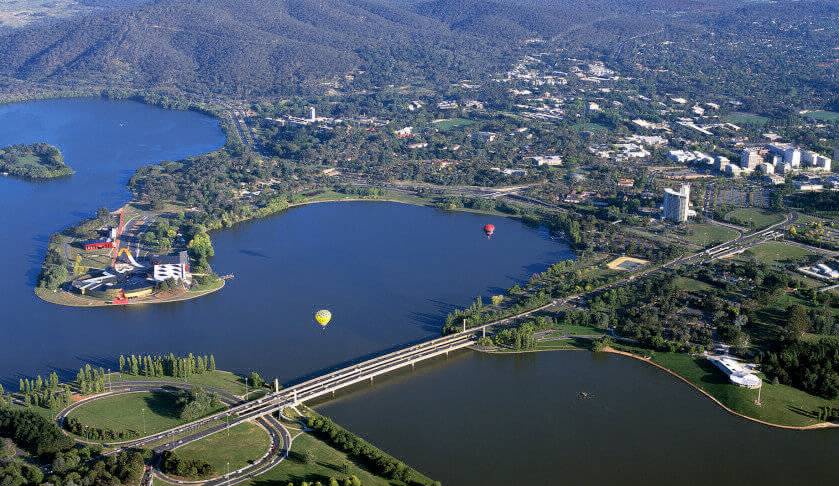ACT offers opposite outlooks for houses and units
The ACT’s housing market stands in good stead for the future, despite the same not able to be said for units, a new report has indicated.

According to the report from RiskWise Property Research, the territory’s economic growth rate of 4 per cent has eclipsed the rest of the country and provides strong indication of the future of the area’s property market.
To continue reading the rest of this article, please log in.
Create free account to get unlimited news articles and more!
The economic activity has been supported by healthy levels of private capital expenditure and government expenditure, according to RiskWise CEO Doron Peleg, who said a previous report from the group had projected the territory’s continued property gains.
“While this growth is more moderate since the second half of 2017, the current growth remains solid and the market is showing resilience,” he outlined.
The CEO observed that this has been “largely driven by solid economic growth and a relatively low level of effective unemployment, which sits at 3.3 per cent, compared to Australia with 5.3 per cent”.
“These conditions are favourable for a strong housing market and make it an attractive destination for property buyers.”
Recent developments in relation to the housing market, such as lower interest rates (with another expected in early 2020) and some loosening of credit restrictions, had had the effect of encouraging moderate price increases and a good medium to long-term outlook.
Mr Peleg went on to note that the ACT “enjoys a high investor serviceability ratio, which has significantly benefited investors who have found it easy to service their loans relative to the rest of the property market”.
Although this is not the case for the unit market, with the CEO acknowledging it is “suffering from an increased number of new dwellings relative to its population growth”.
When combined with an overall preference for houses over units in the territory, Mr Peleg said it presents a greater risk for units.
Units delivered only 3.9 per cent capital growth in the past three years, which was noted as being well below the capital growth of houses (which sat at 14.5 per cent), mainly driven by an increased number of properties in the pipeline.
He concluded that “the risk associated with units is higher than houses, particularly in high-supply areas such as Gungahlin”, where there are 315 units in the pipeline at 20.6 per cent of the current stock.


